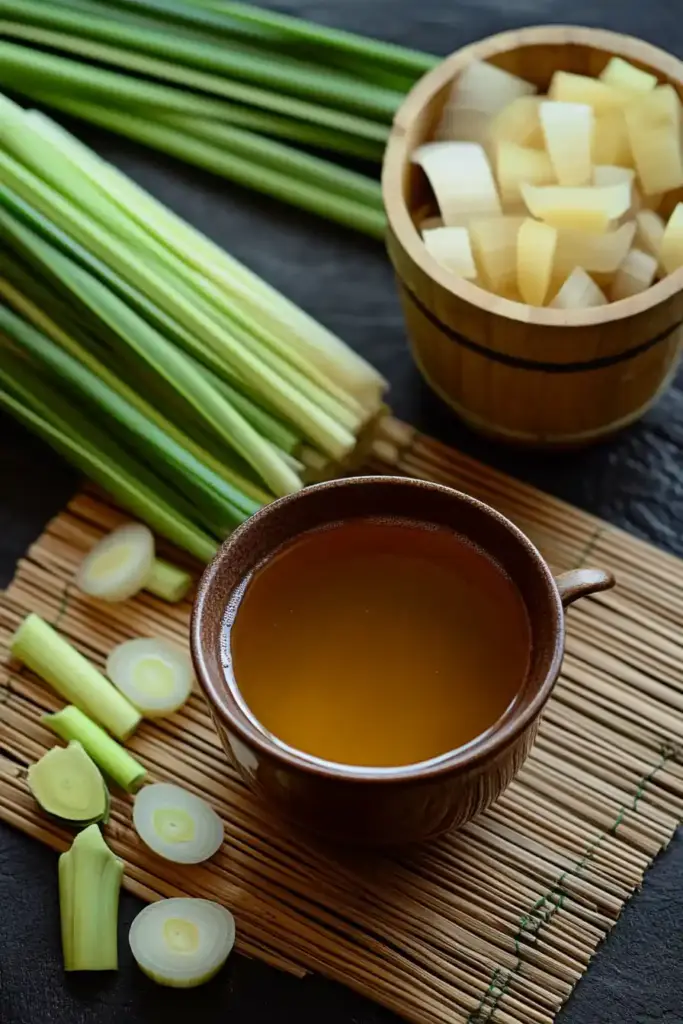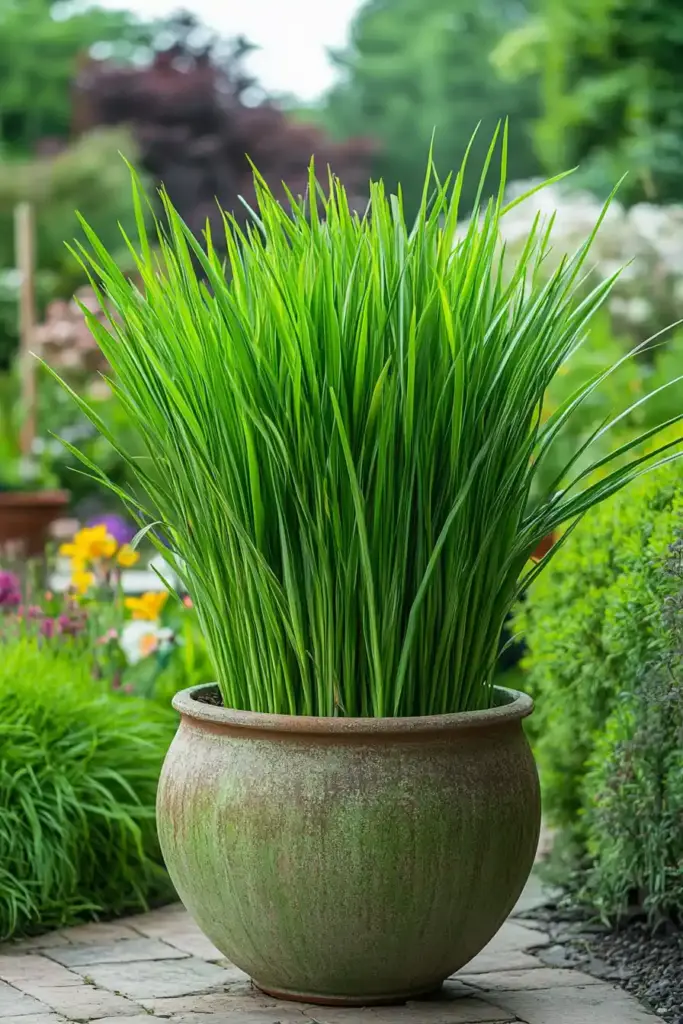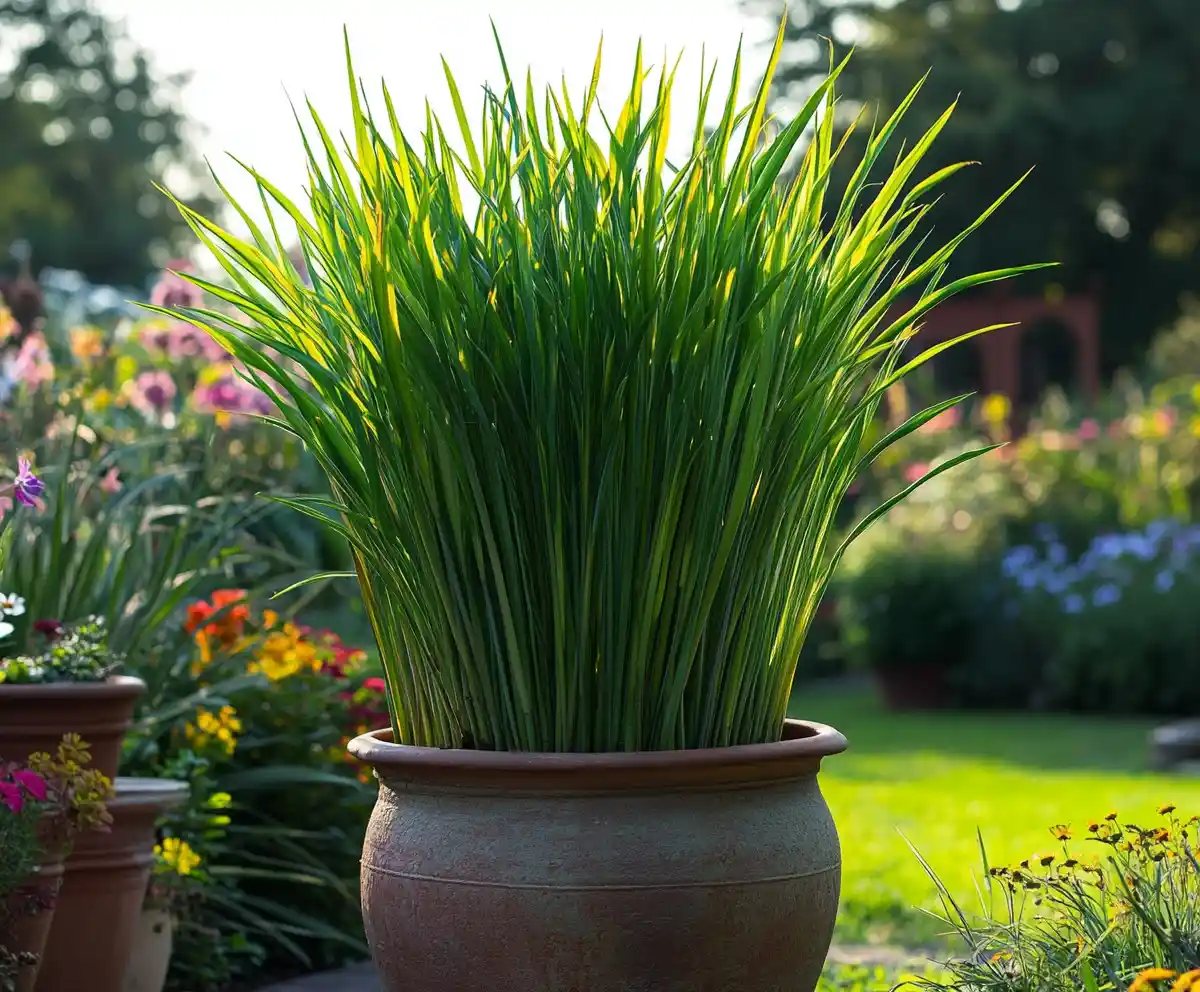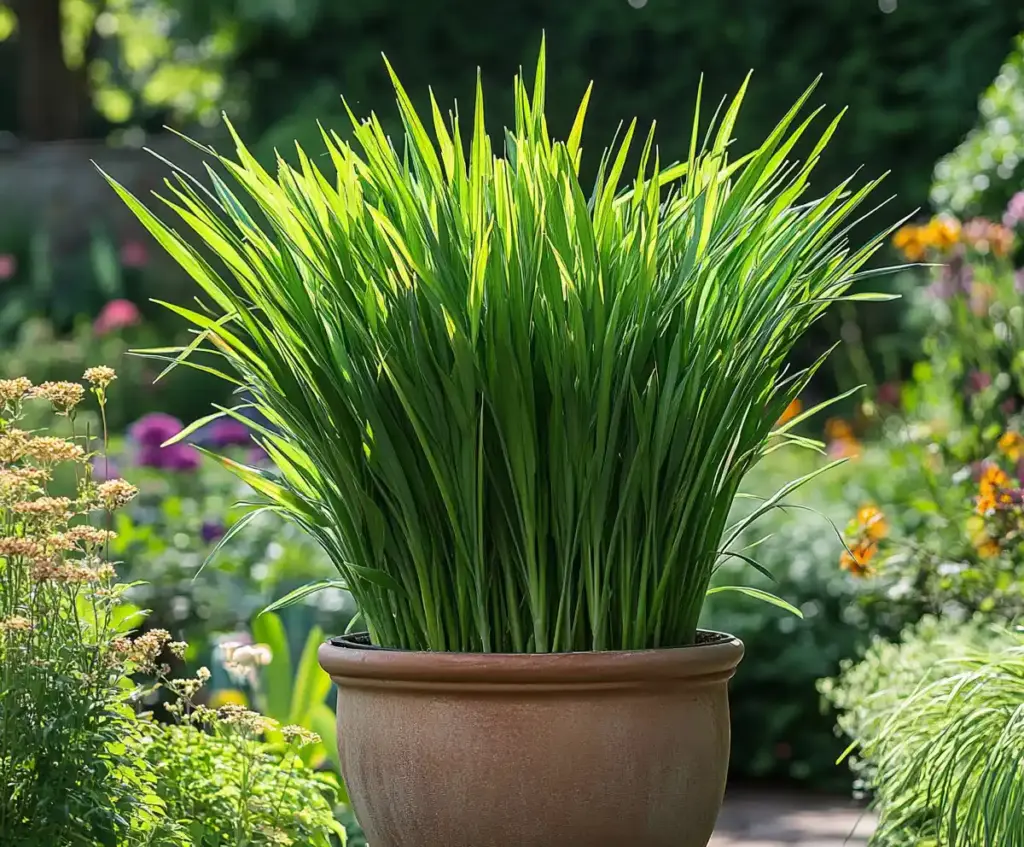Lemongrass isn’t just a beautiful, citrus-scented plant that enhances your garden’s appeal—it’s a powerhouse herb with a surprising number of everyday uses. Whether you’re cultivating it for its bug-repelling qualities or exploring its potential in the kitchen, lemongrass is an incredibly versatile addition to your home. In this guide, we’ll dive into twelve fantastic ways to make the most of this fragrant plant—spanning culinary delights, natural wellness solutions, and even creative household applications.
Table of Contents
If you’ve recently added lemongrass to your garden or you’re simply curious about what to do with those long green stalks, you’re in for a treat.
Culinary Uses for Lemongrass
Lemongrass is a subtle yet vibrant ingredient that can elevate everyday dishes with a refreshing citrus kick. Though its fibrous stalks might seem intimidating at first, with the right preparation, lemongrass can become your kitchen’s secret weapon.
1. Add Zest to Rice Dishes
For a gently infused lemon flavor, finely chop the tender inner stalks or wrap larger pieces in a muslin cloth and cook them with your rice. Remove before serving for a delicate aroma that pairs perfectly with Asian-inspired meals.
2. Brighten Up Stir-Fries
Toss finely minced lemongrass into your stir-fried vegetables or noodles for a light, citrusy lift. It complements garlic, ginger, and soy sauce beautifully, adding a complex flavor layer without overpowering the dish.
3. Infuse Soups and Stews
Whole stalks of lemongrass can be simmered in broths to lend a gentle, lemony undertone. Best suited for Thai-style soups or coconut-based stews, just remember to remove the stalks before serving.
4. Flavor Chicken and Fish
Create fragrant marinades for chicken or fish by mixing crushed lemongrass with garlic, lime juice, and a dash of chili. You can also sprinkle minced lemongrass over meats while cooking to add freshness and complexity.
5. Brew Calming Lemongrass Tea
Steep the grassy leaves—not the tough lower stalk—in hot water to make a soothing herbal tea. Lemongrass tea has a naturally sweet, citrus flavor and pairs well with mint or ginger for added relaxation.
6. Make Lemongrass Simple Syrup
Infuse lemongrass into sugar syrup to use in cocktails, lemonades, or iced teas. This citrusy twist is perfect for hot summer days and adds an exotic flair to your drinks.
7. Freshen Summer Salads
Finely mince the tender bulb of the stalk and sprinkle it over green salads or cold noodle dishes. It pairs beautifully with fresh herbs, lime, and grilled meats for a light and zesty finish.
Home & Wellness Uses for Lemongrass

Beyond its culinary charm, lemongrass offers a range of practical and therapeutic benefits for your home and well-being. From repelling pests to calming your mind, this versatile herb truly earns its place in your garden and household.
8. Natural Insect Repellent
Lemongrass is famed for its mosquito-repelling properties. Simply simmer fresh or dried stalks in a pan of water over a grill or fire pit, or toss them directly into a bonfire. The aromatic smoke helps keep pesky insects at bay during outdoor gatherings.
9. Aromatherapy for Stress Relief
Want to create a calming atmosphere indoors? Gently simmer lemongrass stalks in a pot of water on the stove. As the oils are released into the air, they fill your home with a refreshing, citrusy scent that naturally reduces stress and lifts your mood.
10. Flea-Repelling Dog Rinse
After your dog’s bath, you can use a homemade lemongrass rinse to help repel fleas. Boil a few stalks in water, let the mixture cool, strain it, and spray or pour it onto your pet’s coat. Always consult your veterinarian first to ensure it’s safe for your furry friend.
11. Anti-Inflammatory Support
Rich in antioxidants, lemongrass may help fight inflammation when consumed regularly. Incorporate it into your teas, meals, or even soothing balms to potentially support your body’s natural healing processes.
12. DIY Furniture Polish
Give your wooden furniture a natural shine and fresh scent by infusing linseed or mineral oil with dried lemongrass. Simmer gently, strain, and apply to wood surfaces for a homemade polish that cleans and refreshes without harsh chemicals.
Garden Use for Lemongrass

Lemongrass isn’t just useful after harvest—it serves a practical role right in your garden. By planting lemongrass near entryways, patios, or outdoor seating areas, you can naturally deter mosquitoes and other unwelcome pests. Its tall, graceful stalks not only add ornamental beauty to your landscape but also create an invisible barrier that helps protect your summer gatherings from annoying bugs.
Plus, growing lemongrass is relatively easy, and it thrives in warm, sunny spots, making it a fantastic dual-purpose plant for both aesthetic and functional gardening.
Frequently Asked Questions About Lemongrass
What part of lemongrass do you use for cooking?
The tender inner stalk, especially the bottom 3–4 inches, is commonly used in cooking. It’s typically minced or crushed to release its citrusy oils. The tougher outer leaves are better suited for teas or simmering in broths.
Can I grow lemongrass indoors?
Yes! Lemongrass can thrive indoors with enough sunlight. Place it near a south-facing window and keep the soil consistently moist. It’s a great way to have fresh lemongrass year-round.
How do you store fresh lemongrass?
Fresh lemongrass can be stored in the refrigerator for up to two weeks. For longer storage, freeze cleaned and chopped stalks in an airtight container or freezer bag.
Is lemongrass safe for pets?
While lemongrass can be used topically (like in a flea-repelling rinse), ingesting large amounts may upset pets’ stomachs. Always consult your veterinarian before using lemongrass products around or on your pets.
What are the health benefits of lemongrass tea?
Lemongrass tea is often enjoyed for its potential to reduce stress, aid digestion, and support anti-inflammatory responses. However, if you have any health concerns, it’s best to consult a healthcare provider before making it a regular part of your routine.
Conclusion
Lemongrass is truly one of the most versatile plants you can grow, offering culinary excitement, natural wellness benefits, home solutions, and garden protection all in one. Whether you’re flavoring a favorite dish, creating a calming atmosphere, or naturally repelling pests, lemongrass proves itself to be an essential herb no gardener—or home cook—should overlook. Start incorporating these creative uses today and discover just how much this fragrant plant can enhance your lifestyle!




